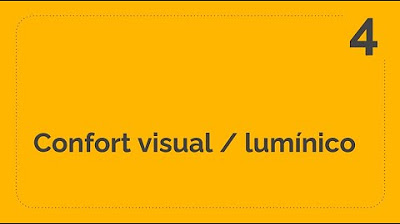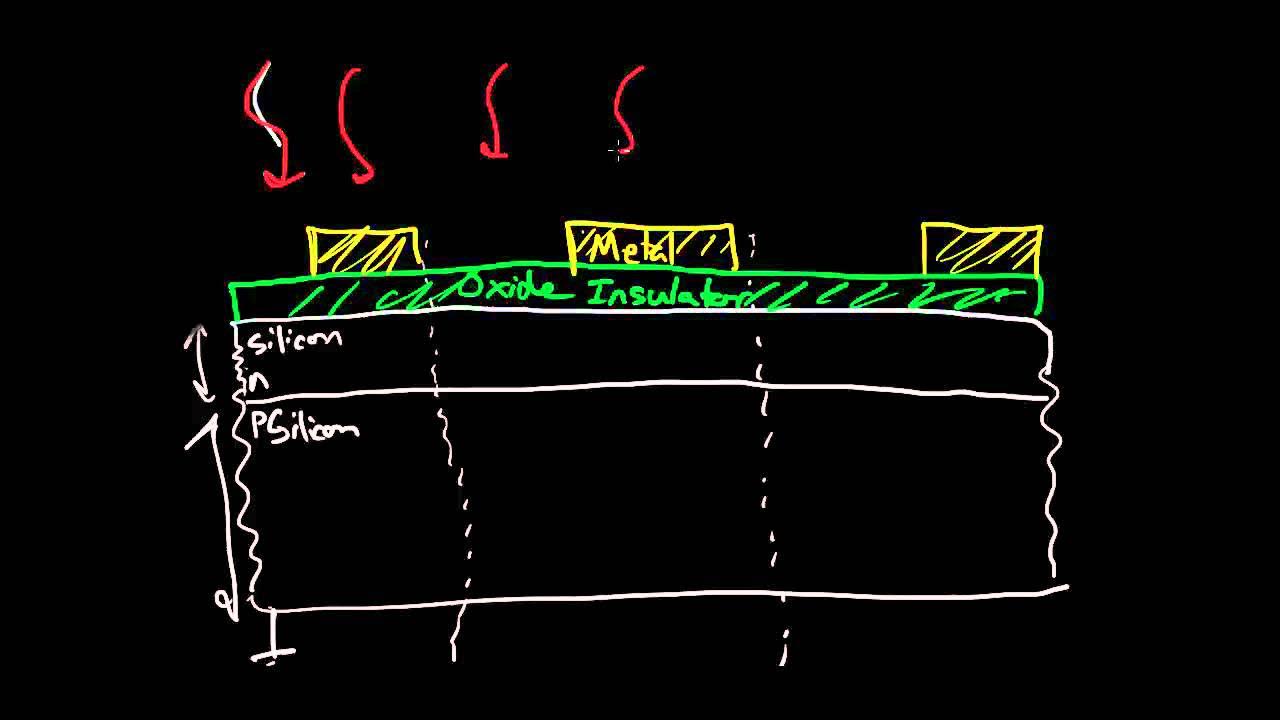Lighting Anatomy applied to form
Summary
TLDREl guion trata sobre conceptos de anatomía de iluminación en el dibujo. Explica cómo se pueden aplicar formas simples de iluminación a imágenes complejas y cómo se puede usar en la composición de arte. Aborda técnicas como el sistema de dos valores, luz reflejada, núcleo de sombra y tono medio. También explica cómo manejar formas giratorias y rodantes, y cómo la iluminación afecta la renderización de diferentes formas. Se enfatiza la importancia de comprender estos conceptos para mejorar la calidad de las representaciones y la captura de la luz en los dibujos.
Takeaways
- 🎨 La anatomía de la iluminación es fundamental para entender cómo aplicar la luz a formas simples y cómo se puede usar en la composición de imágenes complejas.
- 📏 Se recomienda usar papel de grabado o acuarela para obras más grandes debido a su contenido de algodón más alto y su espesor, lo que permite más tiempo para trabajar y ofrece una apariencia más rica para los valores.
- 🖌 El uso de papel de grabado también tiene la ventaja de que no se desgasta fácilmente ni se ensucia mucho debido a su alto contenido de algodón.
- 👤 El concepto de un sistema de dos valores de luz (luz y sombra) ayuda a descomponer la imagen en algo legible y facilita la organización de los valores.
- 🌟 La luz reflejada, también conocida como luz de rebote, es importante para definir el núcleo de la sombra y dar forma a la imagen.
- 🔲 La luz difusa o la luz atmosférica es la que se refleja desde objetos lejanos y puede abrir áreas de sombra, proporcionando detalles en las sombras.
- 🔄 La distinción entre formas que giran (forma cilíndrica) y formas que se giran (forma de cuadro o cubo) es crucial para entender cómo se comporta la luz sobre ellas.
- 📐 La representación precisa de la luz y las sombras es fundamental para dar profundidad y realismo a los dibujos.
- 🖋 La dirección de la renderización debe complementar la forma y la dirección de los objetos en la imagen para lograr una representación coherente.
- 🐼 Combinar diferentes lenguajes de dibujo, como la perspectiva y la construcción pesada, junto con formas suaves, puede crear una variedad de texturas y profundidad en el arte.
- 📚 El dominio de estos conceptos de iluminación y anatomía es esencial para mejorar la calidad de la renderización y la habilidad para capturar la luz en los dibujos.
Q & A
¿Qué conceptos de anatomía de la luz se discuten en el guion del video?
-Se discuten conceptos como el sistema de dos valores de luz, la luz reflejada o rebote, el núcleo de sombra, las modificaciones de valor dentro de esos rangos y cómo las formas se ven afectadas por la luz.
¿Qué es el sistema de dos valores de luz y cómo ayuda en la composición de la imagen?
-El sistema de dos valores de luz es cuando un lado de un objeto está en luz y el otro en sombra. Ayuda a descomponer la imagen en algo legible y facilita la organización de los valores de luz.
¿Qué papel juega la luz reflejada en la creación de sombras?
-La luz reflejada, también conocida como luz de rebote, es la que se produce cuando la luz incide en una superficie y se refleja hacia la sombra. Esto ayuda a definir el núcleo de sombra y da forma al objeto.
¿Cómo afecta el contenido de algodón del papel en el trabajo del artista?
-Un papel con alto contenido de algodón es más resistente y no se ensucia fácilmente, lo que permite más tiempo para trabajar en un dibujo y da un aspecto más rico en cuanto a los valores de luz y sombra.
¿Qué es el núcleo de sombra y por qué es importante?
-El núcleo de sombra es la frontera entre la luz y la luz reflejada. Es importante porque proporciona forma a la imagen y permite rastrear esa forma a través del objeto.
¿Qué es un mediotono y cómo se relaciona con la fuente de luz principal?
-El mediotono es el área que se encuentra al otro lado del núcleo de sombra, debajo de la fuente de luz principal. Se trata de la transición entre la luz principal y la sombra, y puede variar en valor y relación con la luz principal.
¿Qué son los conceptos de giro y rodamiento de formas y cómo se aplican en el dibujo?
-El giro de forma se refiere a cuando una forma tiene un borde agudo y la luz cae de manera abrupta en sombra. El rodamiento de forma se refiere a formas cilíndricas que se desplazan gradualmente de luz a sombra. Estos conceptos ayudan a entender cómo manipular la luz en diferentes formas.
¿Qué es la iluminación de Carvagio y cómo se diferencia de otras técnicas de iluminación?
-La iluminación de Carvagio es una técnica donde se usa muy poca luz reflejada y se enfatiza el contraste entre luz y sombra. Se caracteriza por tener un lado en luz y otro en sombra sin mucha transición.
¿Cómo se relaciona el dibujo de los objetos en el guion con los conceptos de dibujo arquitectónico?
-El dibujo de objetos como el panda en el guion utiliza un lenguaje de dibujo arquitectónico, que incluye una perspectiva fuerte y construcción, lo que se puede ver en dibujos dinámicos, diseño de productos y dibujos arquitectónicos.
¿Qué tipo de papel se recomienda para crear obras de arte más grandes y por qué?
-Se recomienda usar papel de impresión o papel de acuarela para obras más grandes porque tienen un contenido de algodón más alto y son más gruesos, lo que permite más tiempo para trabajar en el dibujo y da un aspecto más rico a los valores.
¿Cómo se puede mejorar la calidad del dibujo al entender la anatomía de la luz y aplicar conceptos de render?
-Al comprender la anatomía de la luz y aplicar conceptos de render, se puede mejorar la calidad del dibujo al capturar la luz de manera más precisa y realizar un render más realista y detallado.
Outlines

Dieser Bereich ist nur für Premium-Benutzer verfügbar. Bitte führen Sie ein Upgrade durch, um auf diesen Abschnitt zuzugreifen.
Upgrade durchführenMindmap

Dieser Bereich ist nur für Premium-Benutzer verfügbar. Bitte führen Sie ein Upgrade durch, um auf diesen Abschnitt zuzugreifen.
Upgrade durchführenKeywords

Dieser Bereich ist nur für Premium-Benutzer verfügbar. Bitte führen Sie ein Upgrade durch, um auf diesen Abschnitt zuzugreifen.
Upgrade durchführenHighlights

Dieser Bereich ist nur für Premium-Benutzer verfügbar. Bitte führen Sie ein Upgrade durch, um auf diesen Abschnitt zuzugreifen.
Upgrade durchführenTranscripts

Dieser Bereich ist nur für Premium-Benutzer verfügbar. Bitte führen Sie ein Upgrade durch, um auf diesen Abschnitt zuzugreifen.
Upgrade durchführenWeitere ähnliche Videos ansehen

CONSEJOS DE DIBUJO 4 ✏️ composiciones, cabezas y ojos

04 Confort | Confort visual - lumínico | Parte 4 | PBYIS-UAQ

Óptica - Aula 21 - Soma e Subtração de Cores

Clase #34 -Media Sección -Dibujo Técnico - Cortes y secciones

Image Sensors 5 of 6 - Frontside and Backside Illumination

El SECRETO para Dibujar Poses I Cómo Mejorar Anatomía
5.0 / 5 (0 votes)
